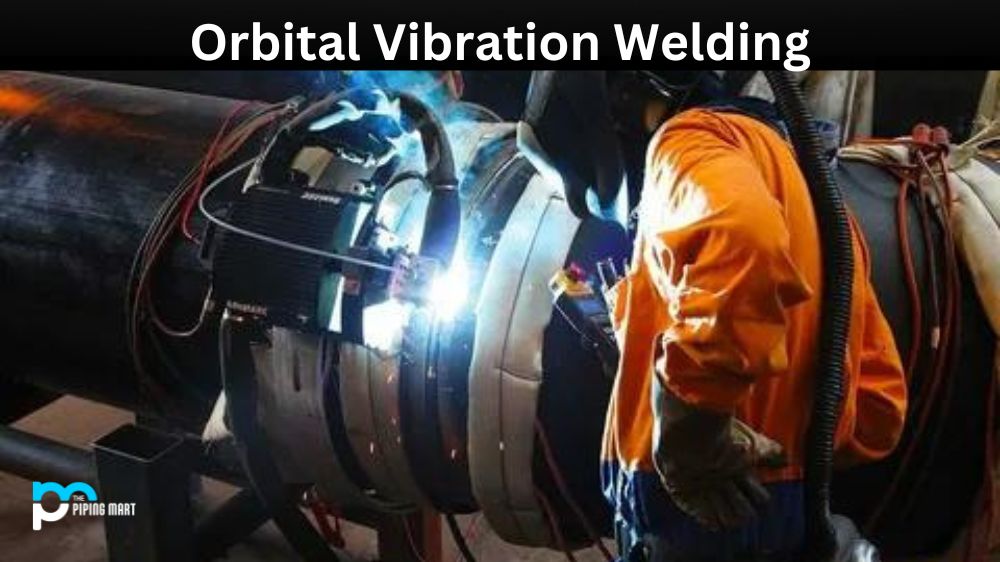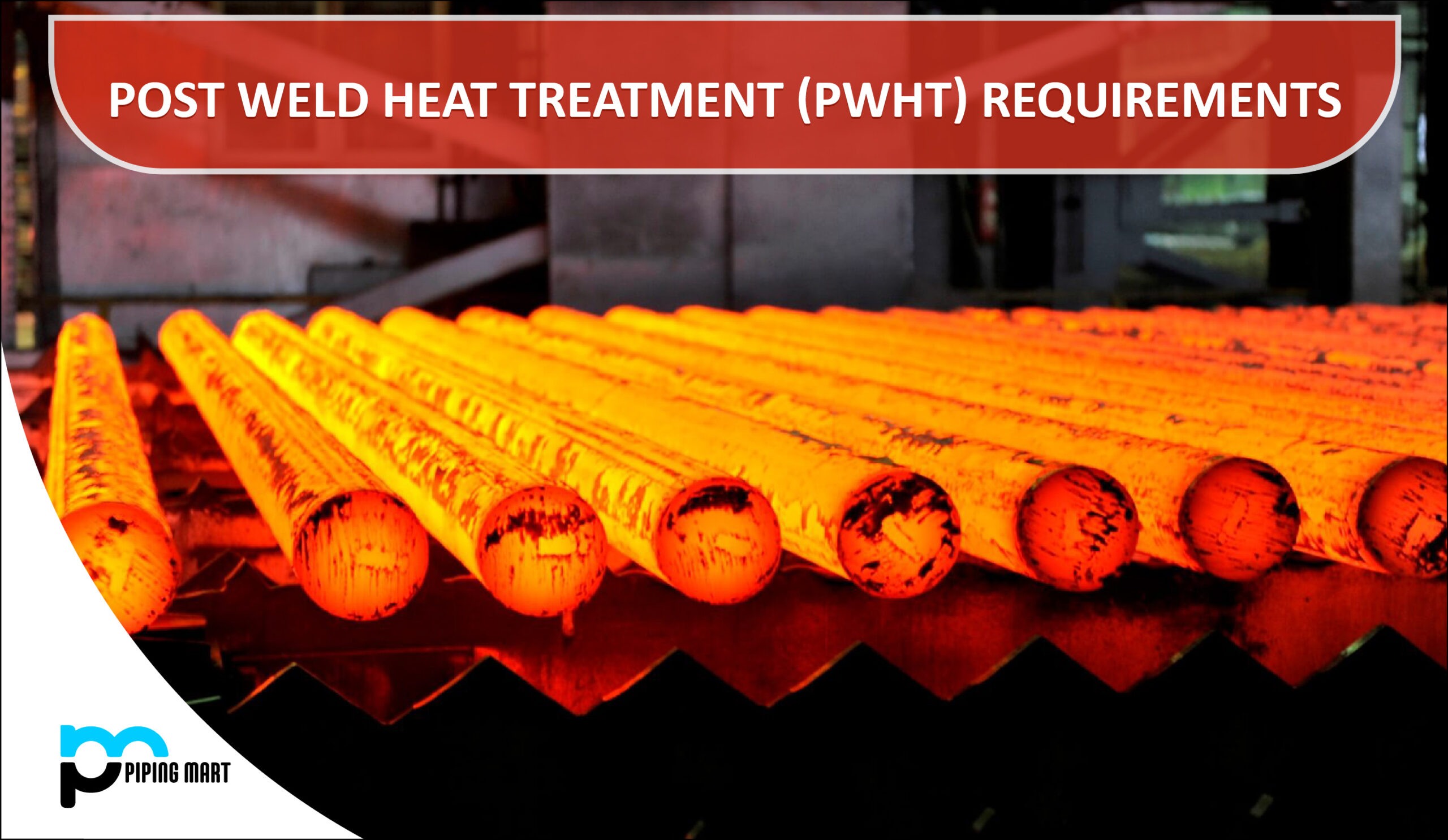Welding has been essential to manufacturing and engineering since the Industrial Revolution. Various welding techniques are used in the industry, and one of the latest developments is orbital vibration welding. This technique uses friction, vibration, and pressure to bond two materials together, making it a popular choice for many industries. This blog will explore the advantages and disadvantages of orbital vibration welding to help you understand whether this technique is right for your business.
Advantages of Orbital Vibration Welding
High-quality welds: Orbital vibration welding produces high-quality welds, applying pressure and heat uniformly across the welding area. Additionally, it doesn’t use any filler materials, so additional cleaning is unnecessary.
Increased productivity: Orbital vibration welding is a relatively quick process that doesn’t require much setup time. This makes it a popular choice for mass production as it can weld numerous parts in a short amount of time.
Cost-effective: Since the process requires no filler material, it is cheaper than other welding techniques. Additionally, the lack of filler material means there is no need for additional cleaning, which also saves on costs.
Suitable for various materials: One of the biggest advantages of orbital vibration welding is that it can be used on various materials, including plastic, metal, and composites. This versatility makes it popular in various industries, from automotive to aerospace.
Disadvantages of Orbital Vibration Welding
Limited size: Orbital vibration welding is limited to smaller-size welds and can’t be used on larger parts. This makes it less suitable for certain industries that require larger welds.
Not suitable for certain materials: While orbital vibration welding can be used on various materials, it is not suitable for some materials, such as metals with high thermal conductivity, including aluminium and copper.
Cost of equipment: The equipment required for orbital vibration welding can be costly, so it is only sometimes a cost-effective solution for smaller businesses or those with lower production runs.
Cannot weld dissimilar materials: Orbital vibration welding requires the welded materials to be similar in structure and composition. If the materials have different properties, such as melting points or thermal conductivity, orbital vibration welding is unsuitable.
Conclusion:
In conclusion, orbital vibration welding is a cost-effective and efficient technique for producing high-quality welds. Its versatility in welding various materials makes it a popular choice for many industries, but it is most suitable for smaller parts. However, its limitations, including equipment costs and inability to weld dissimilar materials, may only be unsuitable for some businesses. Consider the advantages and disadvantages carefully to determine whether orbital vibration welding suits your business and its specific needs.

Hey, I’m Krutik, a casual blogger expert in the metal industry. I am passionate about providing valuable information to my readers. With a background in engineering and construction, I like playing Cricket & watching Netflix shows in my free time. Thank you for visiting my blog, and I hope you find my information helpful!




